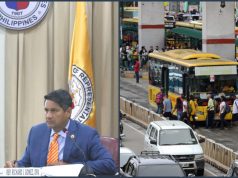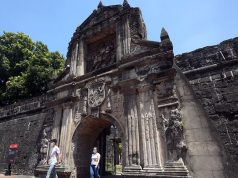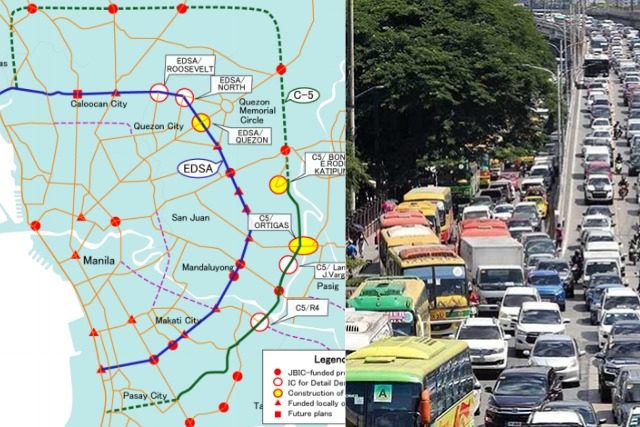
A mapmaker showed through a series of graphics how convoluted the roads in Metro Manila have become that led to the worsened traffic situation in the region.
In a post on June 14, CL Pagaduan shared these trivia to help spread awareness about Metro Manila’s road system and its history.
“Why do we have C5 and C6 roads and some roads are labeled as R1 or R2 roads in Waze/Google Maps?” Pagaduan wrote.
“Here are some fun facts about Manila’s road system and some suggestions on how to solve our decades-old traffic problem,” he added.
In the series of graphics and maps, Pagaduan first explained that Metro Manila has two main roads—the radial (R) and circumferential (C) roads.
He showed in a map that these thoroughfares begin in Intramuros, Manila. Currently, there are five C roads and ten R roads.
“C roads or circumferential roads go around Intramuros (old city center). On the other hand, radial roads start from Intramuros,” Pagaduan stated.

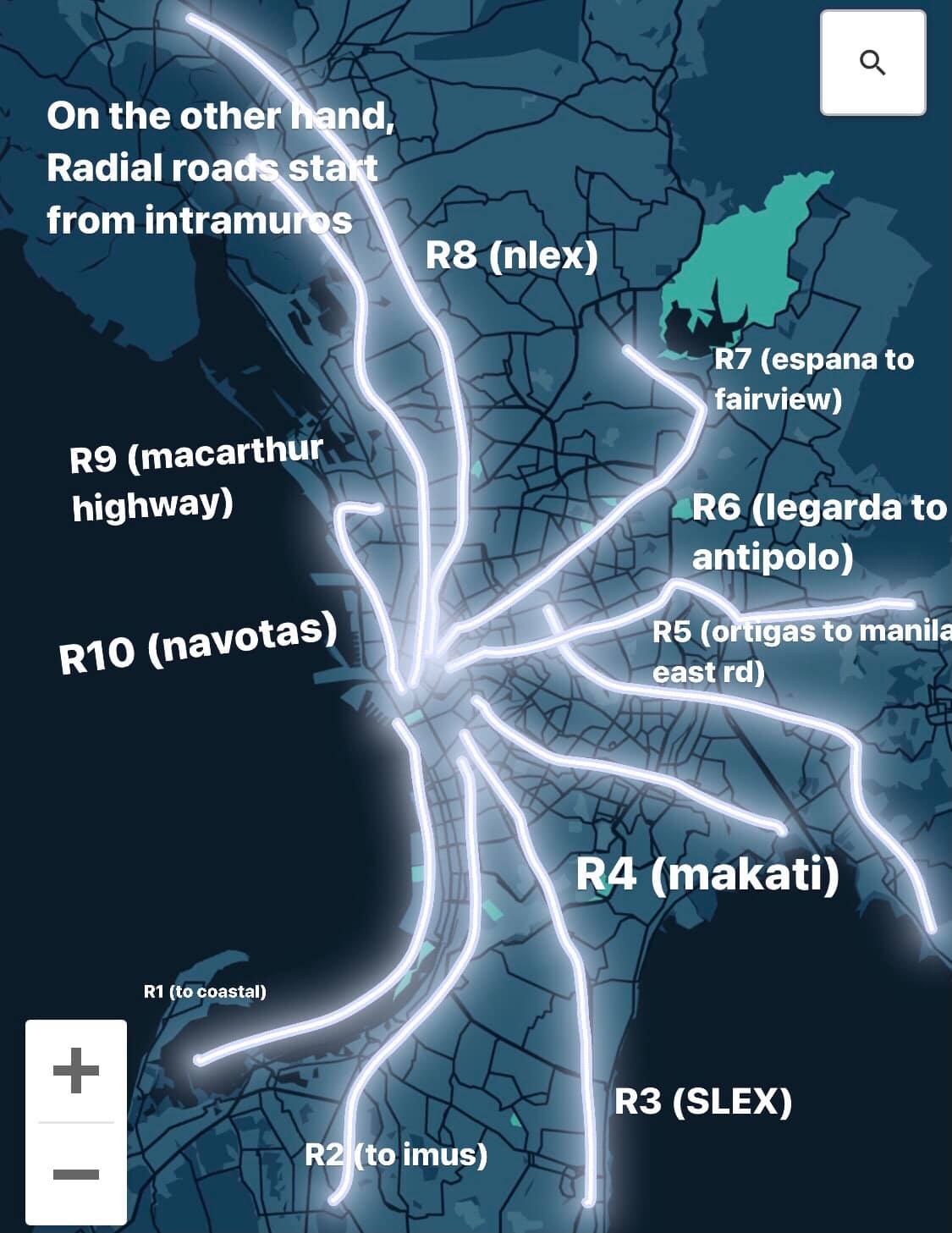
When both types of road systems were combined, they formed a semi-circle. He cited the Interstate Highway in Washington D.C. in the United States is the peg for this semi-circle road.
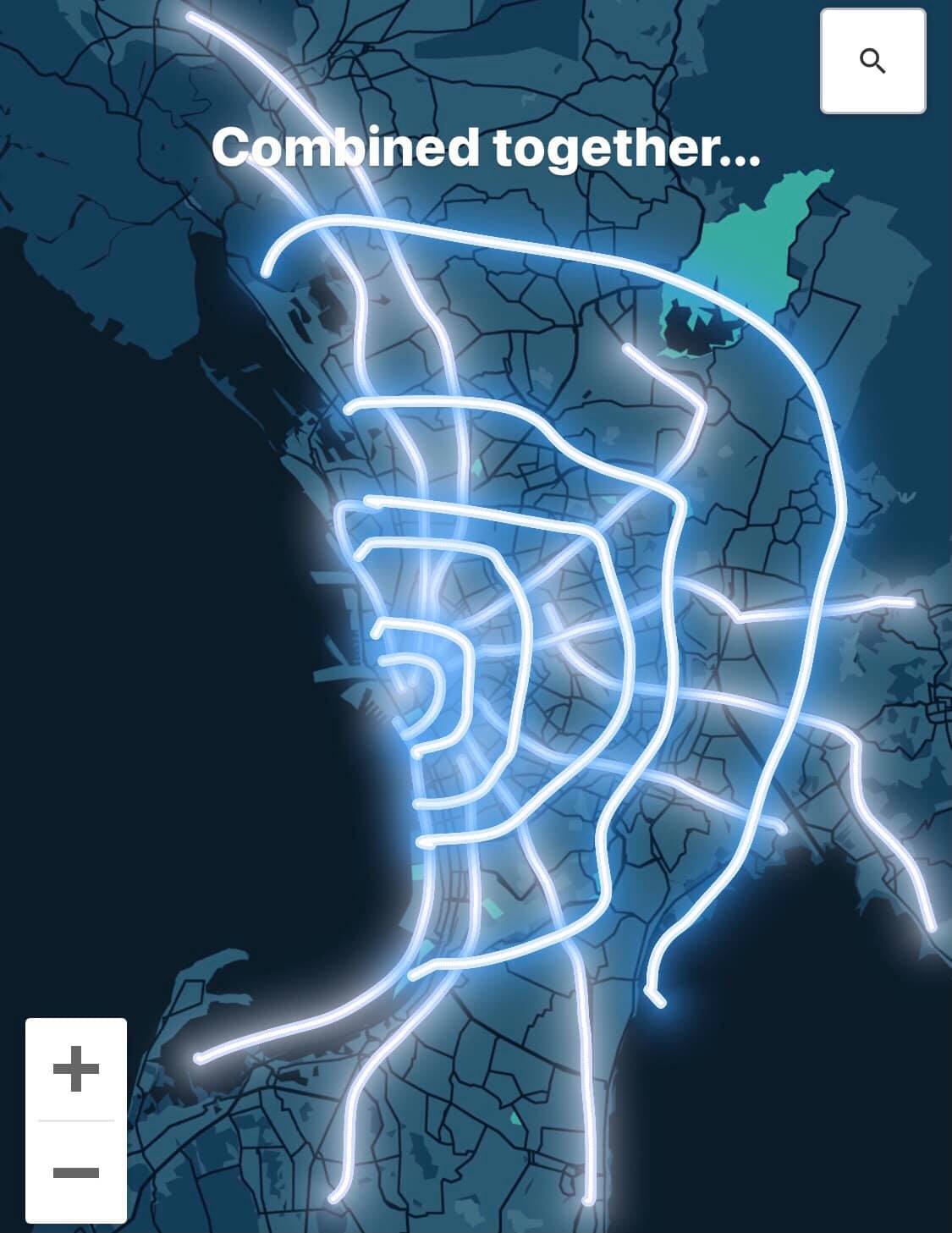
However, Pagaduan noted that this carefully planned network became confusing because of various transportation problems such as lack of mass transit, zoning issues and scattered business districts among others.
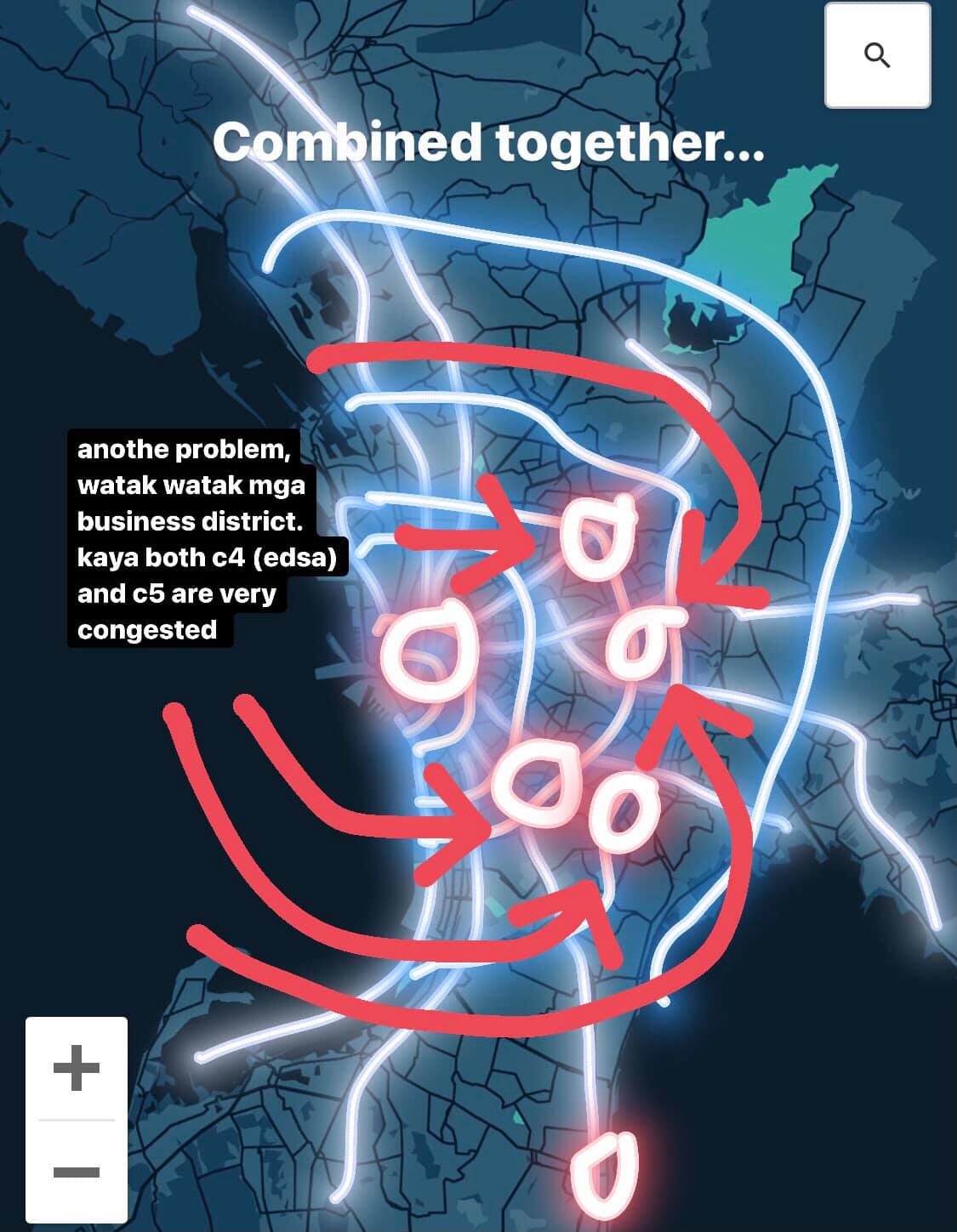
Given these problems, he believed that constructing more skyways is just a “Band-Aid” solution to solve the region’s traffic.
Pagaduan included the Pasig River Expressway (PAREX) project as those among the projects he viewed will not solve Metro Manila’s transport woes.
Instead, these are his suggestions:
- De-centralize the metro
- Mass transportation
- Cross-regional railways
- Cargo rail
- Improve roads for active transport (bikes, pedestrians)
- Maximize the Pasig River Ferry System
Pagaduan cited old reports from the Japan International Cooperation Agency and the Department of Public Works and Highways as his sources of information for these maps.
PAREX deal
This post came after the Department of Environment and Natural Resources (DENR) and conglomerate San Miguel Corporation (SMC) inked an agreement to start the dredging process of Pasig River.
ICYMI: DENR and SMC teams up anew for Pasig River Rehab
The Pasig River dredging project aims to improve the river’s water flow and mitigate flooding by deepening and widening the shallow and narrow portions of the waterbody.
— DENR (@DENROfficial) June 14, 2021
The proposed project is a 19.37-km elevated expressway that will connect the eastern and western portions of Metro Manila.
The SMC, which also financed the Skyway Project 3, will finance its P95 billion cost.
“Indeed, this is another significant step towards our ultimate goal of restoring and enhancing the environmental integrity of Pasig River, one of the most iconic and important waterways in the country,” said Environment Secretary Roy Cimatu.
Similar to the mapmaker, several transport coalitions, groups and activists opposed this move and similarly called for a sustainable approach instead where people and the environment are prioritized over cars.
READ: Critics of Pasig River expressway project ask gov’t to prioritize people over cars
“The cost of building PAREX, an estimated ₱81.5 billion, be put to better use by investing in programs that will clean and revitalize the river and give people smarter and greener choices that will reduce their transport-related carbon footprint and promote more active lifestyles,” transport alliance Move as One Coalition previously said.
Following the deal signing, some concerned Filipinos renewed their call to stop its construction.
“This is a façade. Rehabilitate the river, only to build an unsustainable expressway over it. Bakit ba ayaw nila ayusin yung ferries?” a Twitter user wrote.









